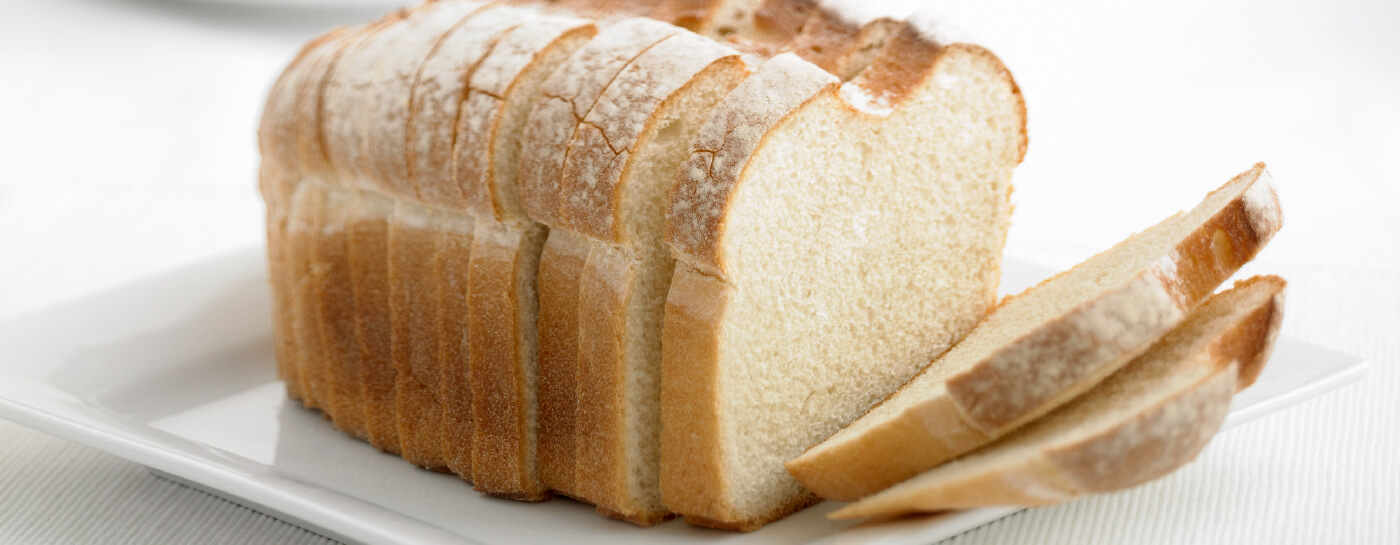Exploring the Rising Popularity of Bread in Asia
From its earliest origins in Ancient Egypt thousands of years ago to the diverse preparation styles emerging from Asia, bread has become a staple food in many cultures around the world.
Bread is a universal food, with numerous variations depending on which part of Asia you are in. Each country's relationship with bread has a fascinating history. We look at how this food grew in popularity among Asians, as well as Asia’s modern secrets to creating soft, fresh bread.
Spread the Bread Across Asia
While rice is a popular dish in Asia, bread sits alongside at the top as a must-have item in almost all households. Many countries have their own traditional dishes, or products, that are made from bread.
The introduction of bread in Japan started from trading with the Portuguese during the mid-16th century. Bread was later mass-produced as a convenient item to feed hungry soldiers and eventually became a regular inclusion in the Japanese diet. Over time, Japanese bakers started to get creative with a variety of stuffed buns, ranging from cream-filled to curry-stuffed loaves.
Bread has a very long and rich history in China. With new methods of preparation introduced by travelers on the silk route, bread grew quickly in popularity. From the mantou (steamed bun) to the bing (unleavened wheat bread), the variety of savory and sweet preparations in this area seems endless.
The origin of bread in India came from two routes. First, similar to Japan, the Portuguese brought their version of the "pao" to this part of the world. The second route was via the Middle East. Today, India offers a wide range of ancient and contemporary preparation styles, from the traditional roti or paratha (types of flatbreads) to the modern-day "pav", a street favorite across the country.
Similarly, practically all Asian countries have a history with bread and local adaptations that have been consumed for decades. If, in Asia, you venture further south east, you will discover Banh mi, a crispy bread used to make sandwiches in Vietnam, or Pandesal, a popular breakfast or teatime bread roll in the Philippines. In Malaysia you will find canai, a soft, stretchy flatbread similar to the roti.
The preparation method for all these variations of bread differs across Asia. However, no matter which part of the continent you're in, the common element among all these types is its softness.
The Secret to Soft and Fresh Bread
Bread can be consumed at breakfast, lunch, teatime, dinner, and even between meals as a snack. As our pace of life becomes ever faster, this fast-moving item becomes even more popular. Noticeably, Chinese consumers have been shifting from the traditional congee or rice porridge and noodles to a bread-based breakfast. Even the modern-day Japanese Shokupan, which translates as "food bread", is gaining popularity across Asia for its cloud-like fluffiness and milky sweetness. What makes bread the new go-to item is its softness and convenience.
- Tangzhong – A Japanese Approach
One of the key differences between bread made in Asia and the rest of the world lies in the dough's chemistry, where there is a higher quantity of fat and sugar which works together to create the soft texture. But that's just one part of the story. Asian-style bread is also made by adding a Japanese-invented dough called tangzhong. In this method, an equal amount of flour is cooked with water or milk to form a paste. The Japanese realized that, by cooking the flour, the dough absorbs all the water. This cooked dough is added to the rest of the bread mixture and contributes to the bread's ultra-soft, pillowy, and tearable texture.
- Citrus Fiber – A Natural Ingredient
Along with the need for soft bread, consumers across Asia are increasingly paying attention to food labels. The ingredient list on packaged bread products significantly influences their decision to purchase. Citrus fiber is a natural ingredient that satisfies the clean label and soft bread requirement. Owing to its ability to bind water, when incorporated into a bread formulation, citrus fiber can retain moisture in bread and keep it tasting fresher for longer. The emulsifying properties of citrus fiber also present the option to reduce fat and egg in bakery products without compromising the softness of bread.
- Enzymes – A Clean Label Option
The freshness of bread is associated with its softness. But when it's stored for a long time, it becomes harder and gradually loses its original elasticity and wetness. Staling begins the moment bread comes out of the oven. The change of texture is due to the recystallization of starch components. While it is a natural process, specific enzymes can be used to reduce staling and preserve softness. What’s more, enzymes are considered a processing aid in many markets across Asia and considered a clean label option, allowing manufacturers to maintain the softness of bread over an extended period softness of bread over an extended period, reduce food wastage, and improve customer satisfaction.
According to www.researchandmarkets.com, the Southeast Asia bakery products market was valued at USD 14,368.83 million in 2021 and is projected to grow at a CAGR of 7.67 percent between 2022 and 2027. The ability to create a product that meets consumer expectations on taste and texture while maintaining a clean label has significantly contributed to the booming bread industry in Asia. DKSH offers a wide variety of ingredients that cater to the bakery industry's latest trends. Contact us to learn more.
How Bread cane to Japan: A Brief History of Japanese Bread
An intro to Traditional Chinese Breads Inc. Bing and Mantou
Technique Thursday: Why Asian Bread are Softer than European Breads
Southeast Asia Bakery Products Market - Growth, Trends, Covid-19 Impact, and Forecast(2022-2027)
How bread is riding the changing breakfast market in China
When the basics matter, bread brings comfort - as long as it delivers on freshness


